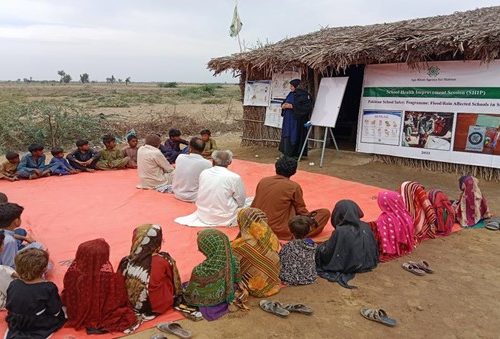While the danger from winter weather varies across the country, nearly all Americans, regardless of where they live, are likely to face some type of severe winter weather at some point in their lives.


While the danger from winter weather varies across the country, nearly all Americans, regardless of where they live, are likely to face some type of severe winter weather at some point in their lives. Winter storms can range from a moderate snow over a few hours to a blizzard with blinding, wind-driven snow that lasts for several days. Many winter storms are accompanied by dangerously low temperatures and sometimes by strong winds, icing, sleet and freezing rain.
One of the primary concerns is the winter weather’s ability to knock out heat, power and communications services to your home or office, sometimes for days at a time. Heavy snowfall and extreme cold can immobilize an entire region.
The National Weather Service refers to winter storms as the “Deceptive Killers” because most deaths are indirectly related to the storm. Instead, people die in traffic accidents on icy roads and of hypothermia from prolonged exposure to cold. It is important to be prepared for winter weather before it strikes.
Know the terms used to describe changing winter weather conditions and what actions to take. These terms can be used to determine the timeline and severity of an approaching storm. (Advisory / Watch / Warning). The NWS also issues advisories and warnings for other winter weather, including blizzards, freezes, wind chill, lake effect snow, and dense fog. Be alert to weather reports and tune in for specific guidance when these conditions develop.
Learn From Every Storm
Restock your emergency supplies to be ready in case another storm hits.
Keep up to date with our latest news, tips and disaster preparedness updates by subscribing to our newsletter
Prepare
Connect
Donate
Designed by GroupJKC – A Borderless Creative Agency
Thank you for subscribing. You can unsubscribe
at any time by clicking the link at the bottom
of any Spotlight newsletter.